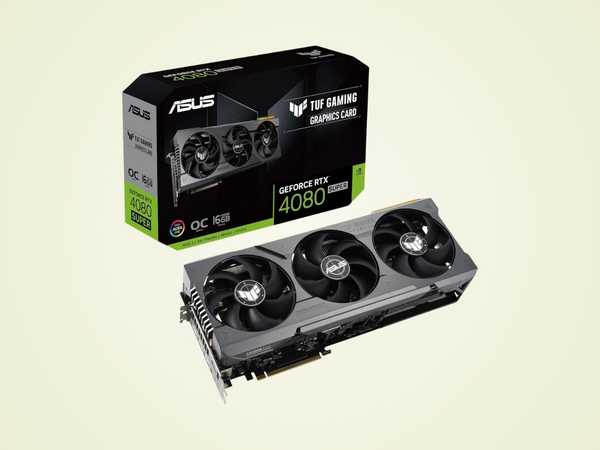The NVIDIA GeForce RTX 4080 has stirred quite a buzz in the tech community, promising cutting-edge performance for gamers and creators alike. But with its hefty price tag and substantial power requirements, is it the best GPU for deep learning at home? Let's dissect its features, performance, and overall value to help you decide if it's the right choice for your setup.
Performance
The RTX 4080 is built on NVIDIA's latest Ada Lovelace architecture, which represents a significant leap from its predecessors in terms of processing power and efficiency. The card is equipped with new Streaming Multiprocessors, delivering 2x the throughput of FP32 operations, which is a boon for both gaming and AI-driven applications. The RTX 4080 also features third-generation RT Cores for ray tracing and fourth-generation Tensor Cores, enhancing AI inferencing and making it a potent tool for deep learning tasks.
In practical terms, the RTX 4080 delivers impressive benchmarks, outperforming the previous generation's RTX 3080 and even the RTX 3090 in certain scenarios. However, it's important to note that the performance gain over the last generation isn't as monumental as some might expect, with typical improvements in the range of 30-40% in most gaming benchmarks. For deep learning, the increased core count and enhanced Tensor Cores make it a valuable asset, especially in tasks that can leverage AI acceleration.
Memory
The RTX 4080 comes in two variants: 12GB and 16GB of GDDR6X memory. For deep learning applications, the 16GB version is undoubtedly more appealing, offering more headroom for larger datasets and more complex models. The increased memory bandwidth (up to 736 GB/s) ensures that data feeds into the processing cores without bottlenecks, crucial for maintaining efficiency in training and inferencing phases.
However, the distinction between the 12GB and 16GB models has led to some confusion in the market, with the 12GB version feeling more like a "4070" rebrand. This has understandably caused some dissatisfaction among consumers expecting more uniformity and transparency in product tiering.
Power Efficiency
Power efficiency is another critical area where the RTX 4080 shines, thanks to the Ada Lovelace architecture's improvements. The typical power draw of around 320 watts is high but justified by the performance on offer. It's more energy-efficient than its predecessors when normalized for performance, meaning you get more computational power per watt consumed.
However, the high power requirement also means that potential buyers need to ensure their existing system setup, especially the PSU, can handle the new GPU. For those concerned about energy consumption, particularly in regions with high electricity costs or environmental concerns, the RTX 4080's power draw might be a significant consideration.
Price
Pricing is perhaps the most contentious aspect of the RTX 4080. Starting at $899 for the 12GB model and going up significantly for the 16GB version, it's not a small investment. The pricing strategy has been perceived as NVIDIA capitalizing on high demand and low supply, a sentiment echoed across various user reviews and tech forums.
For deep learning enthusiasts and professionals looking to set up a home lab, the cost might be justifiable as an investment into a powerful tool that will remain relevant for several years. However, for hobbyists or those with more casual interest, the high entry price could be a deterrent.
Compatibility
The RTX 4080 supports PCIe 4.0, which is compatible with most modern motherboards. However, to fully leverage the GPU's capabilities, ensuring that your system does not bottleneck at other components like the CPU or RAM is crucial. Additionally, the physical size of the card and its cooling requirements might pose compatibility issues with smaller cases or less ventilated setups.
Conclusion
The NVIDIA GeForce RTX 4080 is a powerhouse GPU that offers significant advancements in performance and efficiency, making it an excellent choice for deep learning applications. Its robust build, backed by the latest technological innovations from NVIDIA, ensures that it can handle complex models and datasets with relative ease. However, the high cost and substantial power requirements may not appeal to everyone, making it essential to weigh these factors based on personal needs and the specifics of your setup.
In summary, if you're looking for a top-tier GPU that can accelerate your deep learning projects at home and are willing to invest in the infrastructure to support it, the RTX 4080 is an outstanding choice. Otherwise, you might want to explore other options or wait for potential price adjustments in the future.





